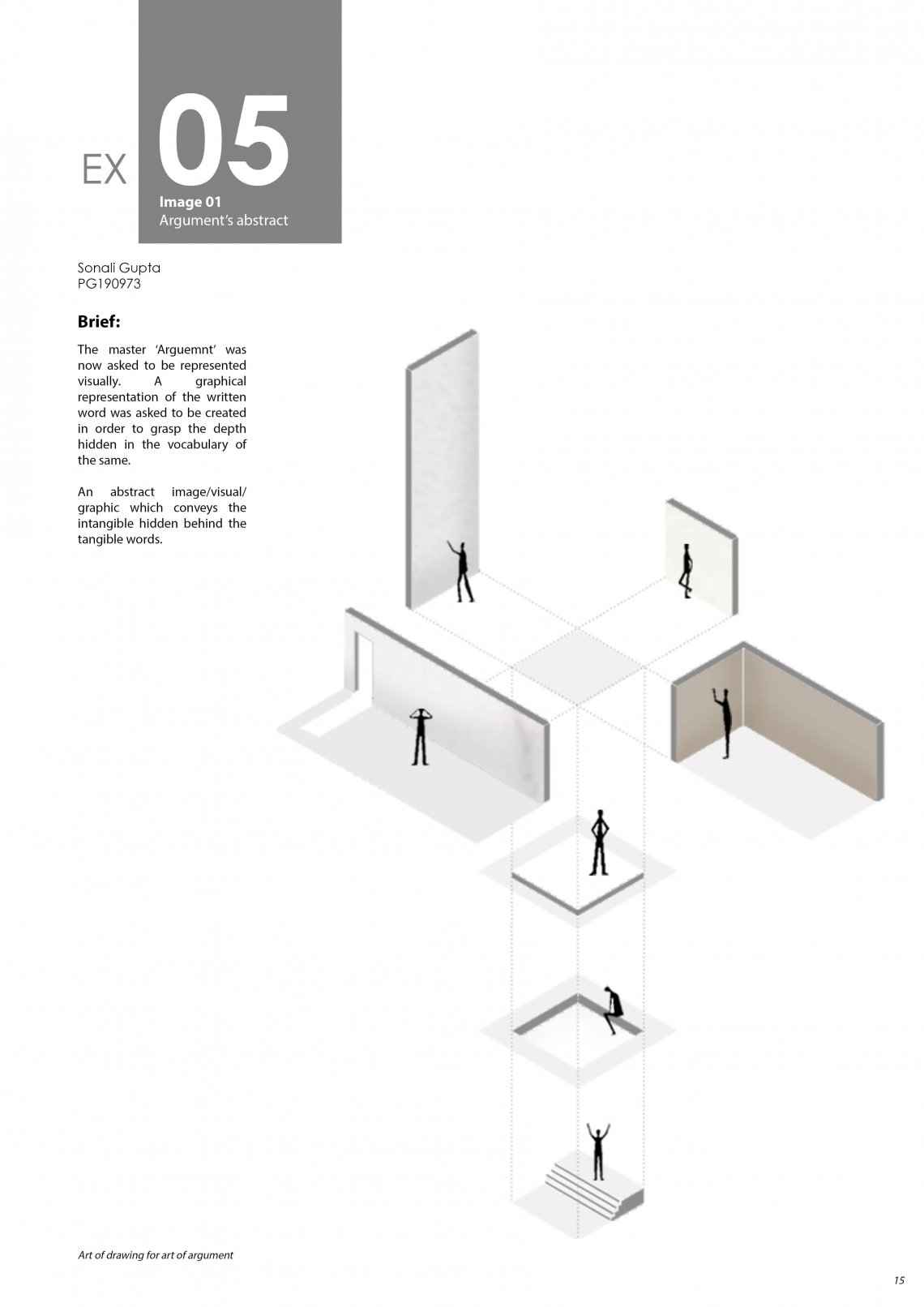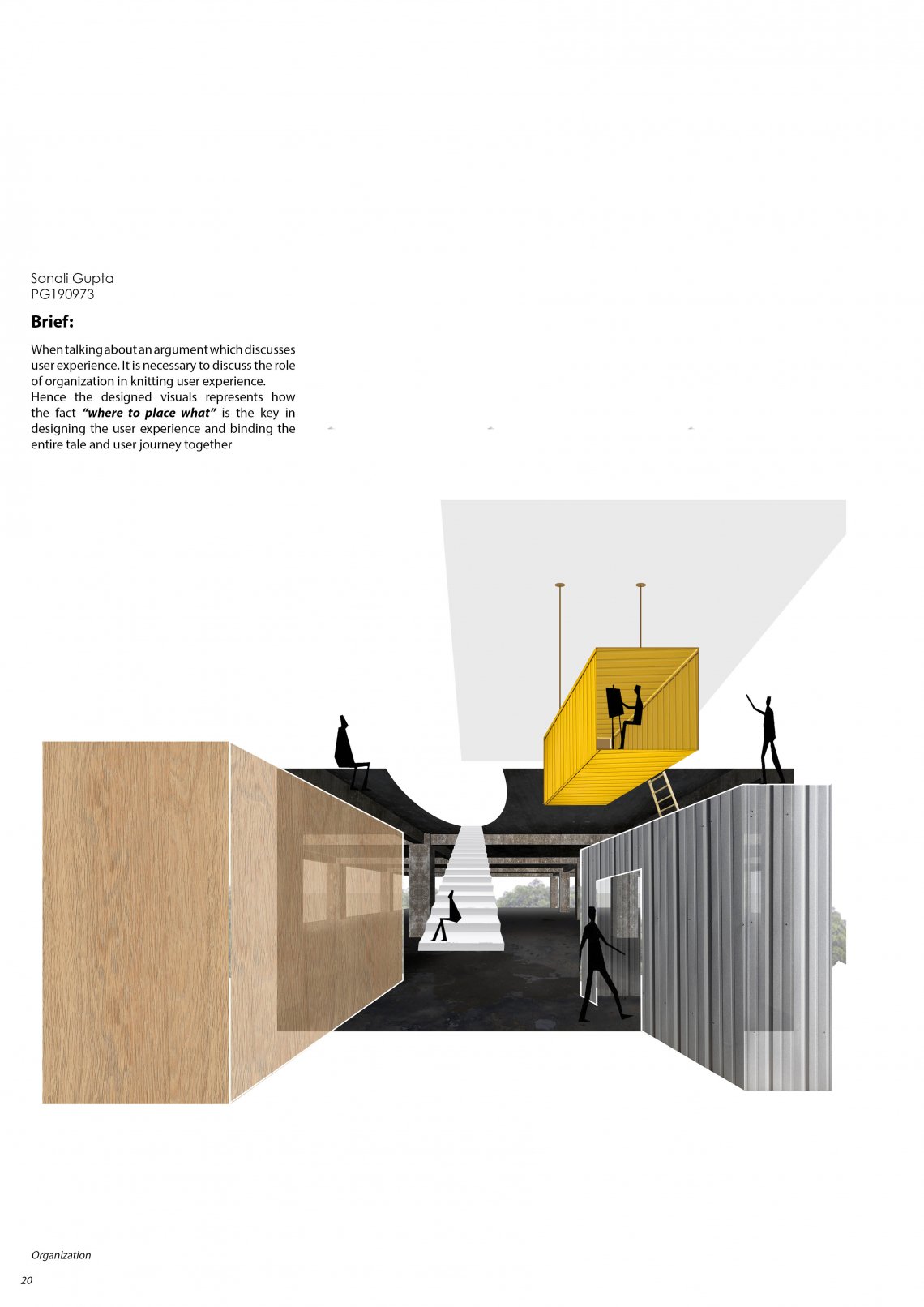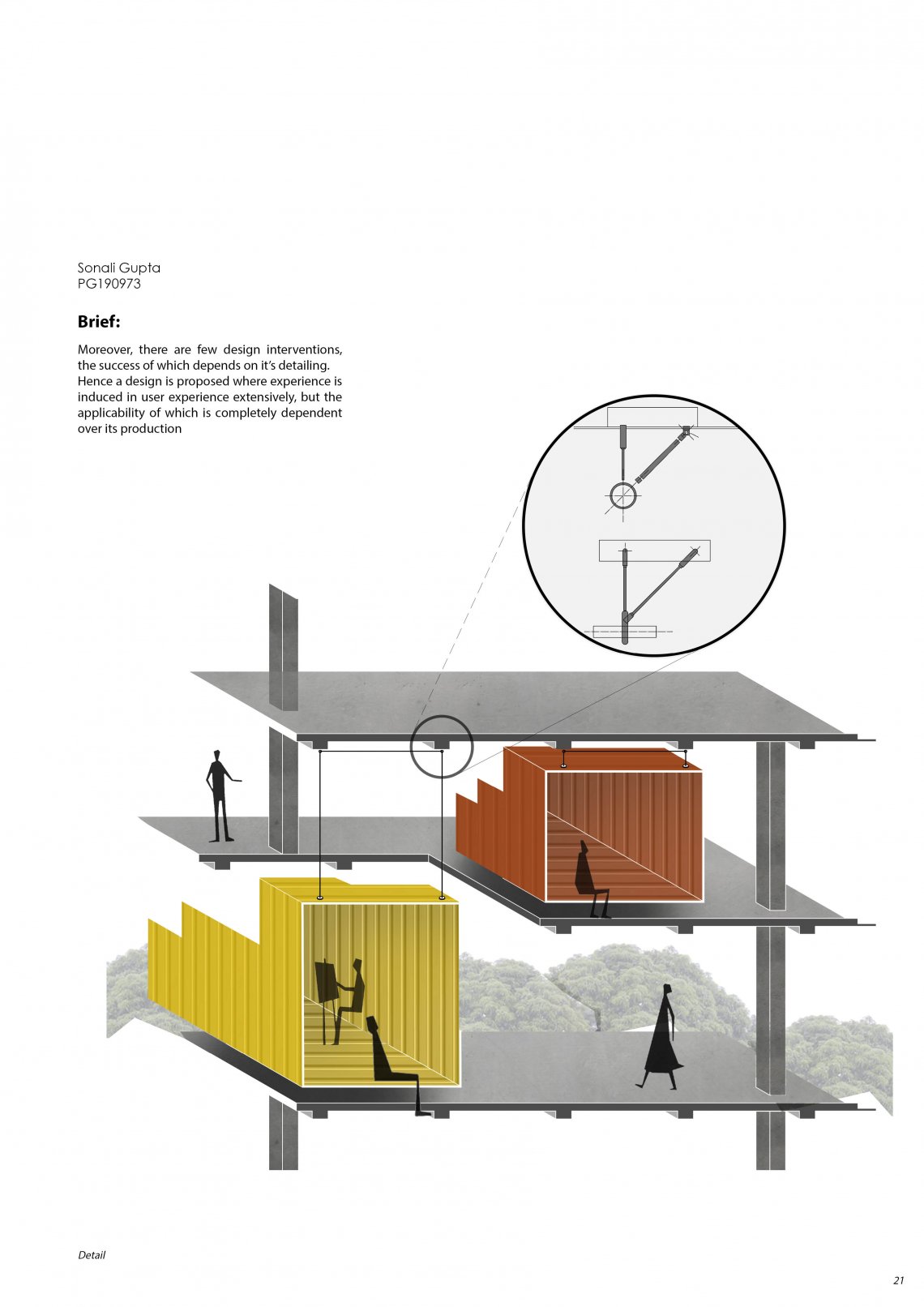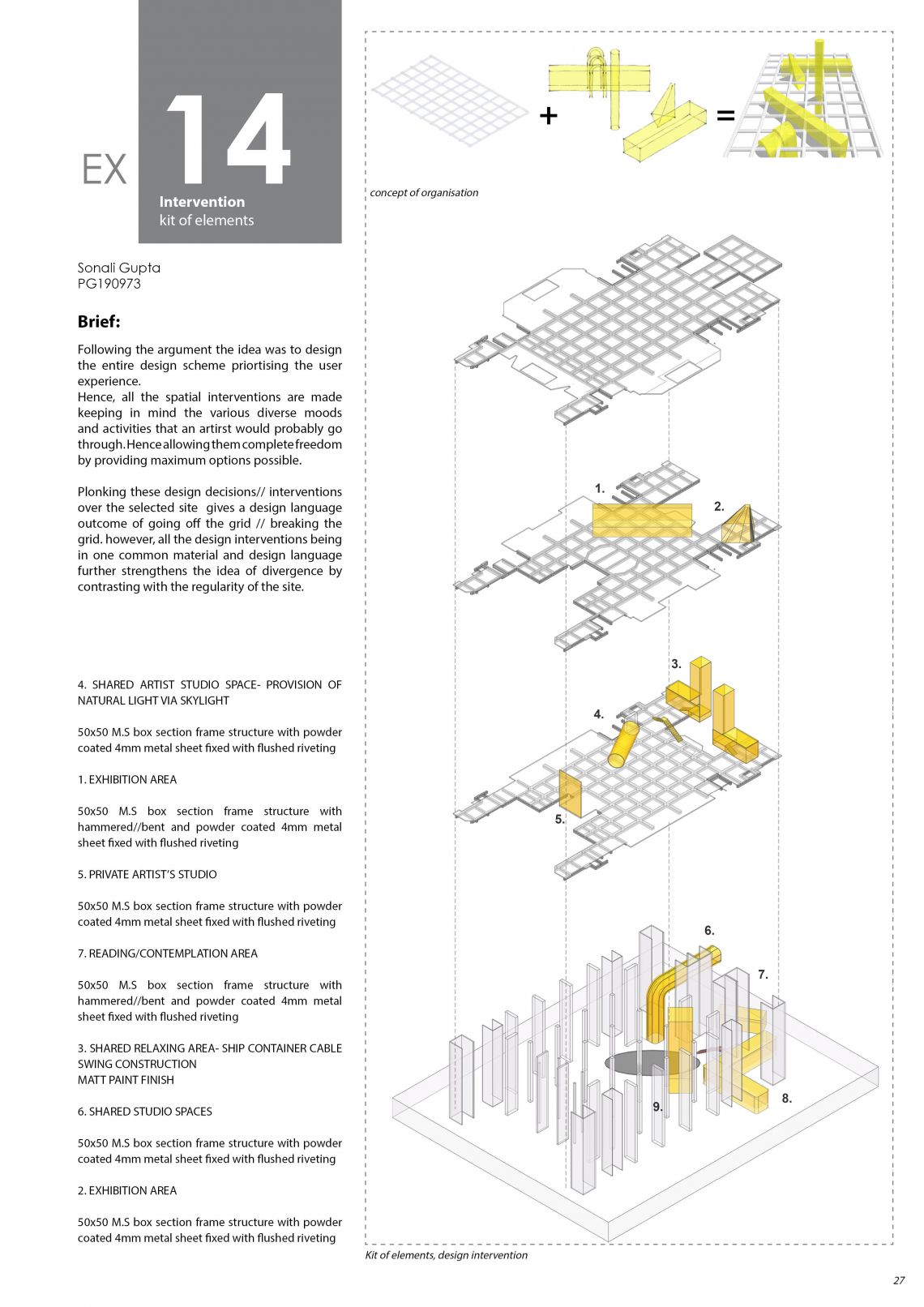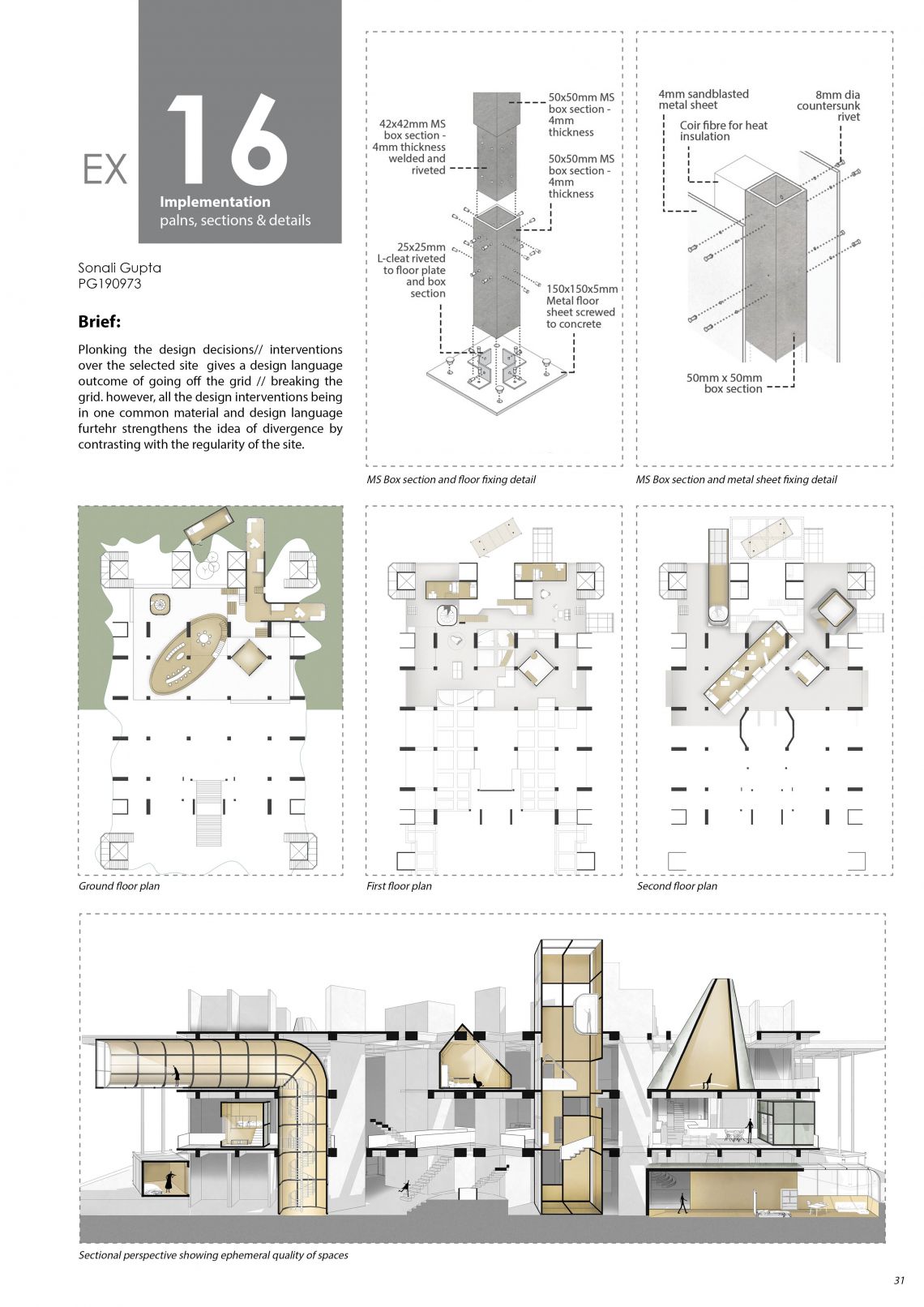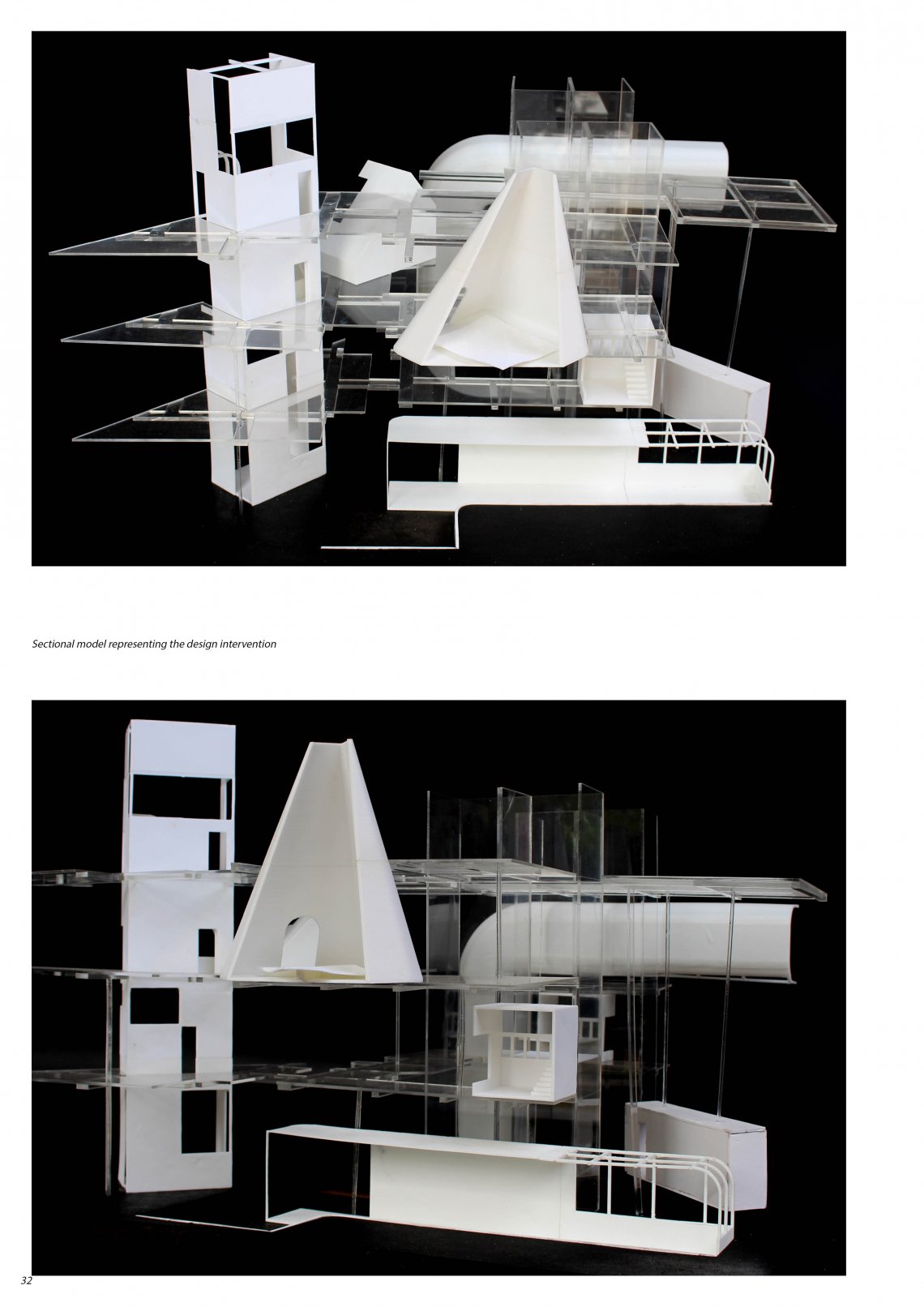Your browser is out-of-date!
For a richer surfing experience on our website, please update your browser. Update my browser now!
For a richer surfing experience on our website, please update your browser. Update my browser now!
The act of expressing could be rightly said as the key in design processes and outcomes, for when a designer expresses, a user experiences. But then there could be multiple ways of expressing and experiencing same things. That decision making of what to express followed by how to express is what leads to the construction of design elements which become the medium of translation between creator and receiver.
But very often we have witnessed that the human body’s three-dimensional possession of experience and memory has not been central concern in interior spatial design processes. Rather in design stages it is repeatedly confused with visual art or decoration. This misplaced depth in profession can be rebuilt via prioritizing user experience as prime criteria of decision making in design process at various stages. This is where picking up the perfect design elements, principles, parameters, constraints and picking up the perfect way of uniting them can lead to creation of one unique design solution that expresses exactly what the designer wishes the user to experience. The relationship between strategic location/sequence and design element therefore is of prime significance because where to place what is defined by where to feel what, in order to knit the entire design tale together.
However, these experiences, designed via such complex problem solving of third person’s perception are often etched just as a piece of memory in perceiver’s life. A higher purpose must be assigned to these consequential profound experiences. A purpose of creation! The fact that art is emotionally driven, these designed experiences are intended as catalysts towards these emotions. A place where artists can reside, create and exhibit their art using spatial experiences. A place that has potential to accommodate their varied moods, dynamic art in all sizes and shapes along with the comfort that our new age technology has to offer. The reality that these artists are considered misfits of society asks for a site that empowers this reality. A site that is abandoned, hidden and anonymous. The discarded construction site in the city of Ahmadabad could be said as a raw neutral backdrop which rightly creates contrast in foreground not only in aesthetic appearance but also in production technology of design. Moreover, since site is just a frame structure without the shell, it possesses the flexibility to house varied volumetric organizations with potential natural light openings and viewpoints towards surrounding dense vegetation.
